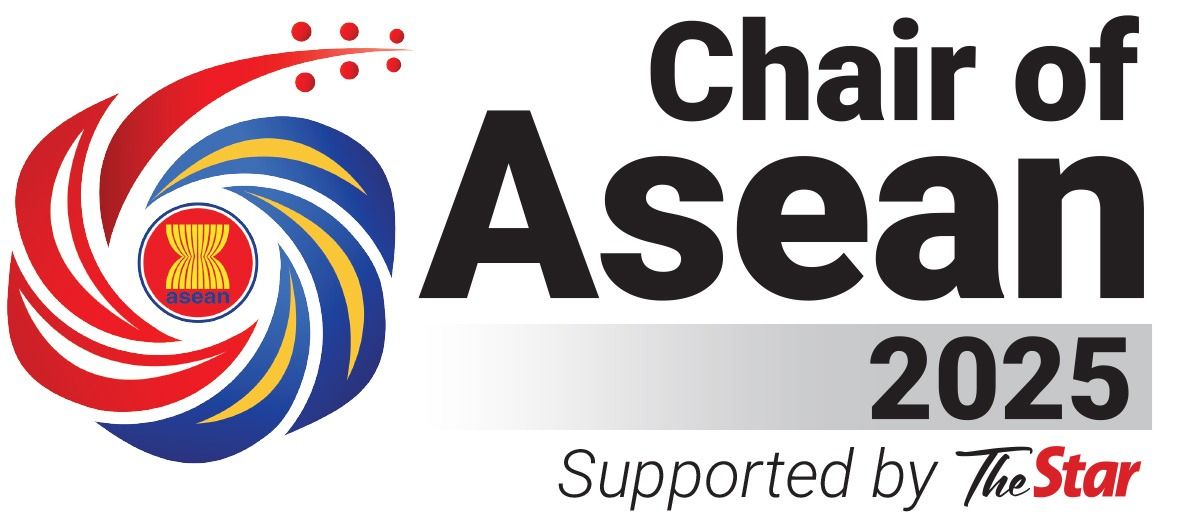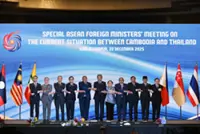Green space: a view of the KLCC Park. Kuala Lumpur has undergone significant infrastructure improvements over the decades.
URBAN renewal around the world is complicated with all the attendant socio-economic issues that policymakers seek to address and politicians seek to exploit, with the public, even affected property owners as well as residents of the designated urban core, usually left out of the decision-making process.
Malaysia’s proposed Urban Renewal Act (URA), which will oversee redevelopment, regeneration and revitalisation of the urban cores of Peninsular Malaysia’s cities and towns, has courted controversy mainly for the threshold of consent needed from property owners for redevelopment.
Scheduled to be tabled in Parliament this year, opponents of the URA Bill point to the Strata Titles Act 1985 that requires consent from all owners before redevelopment can occur, whereas the URA will lower the threshold of consent to 80% for properties under 30 years old, with properties over 30 years old requiring 75% of owners’ consent and for abandoned buildings, 51% of owners’ consent.
While there is certainly a need for urban renewal in pockets of major urban centres, experts are wary that property owners may be disenfranchised while others point to lower-income residents being pushed out due to gentrification.
Previndran Singhe, a veteran property consultant, says balancing development progress with individual rights in Malaysia’s urban core requires a people-first approach grounded in fairness, transparency and long-term social impact. He argues for a framework that reflects the country’s realities – diverse demographics, varying income levels, and deeply rooted neighbourhood identities.
“A standout local example is the Razak Mansion redevelopment. It demonstrated that redevelopment could succeed when it respects community continuity,” he says.
Owners of the original 15-block Razak Mansion built between 1961 and 1967 located off Jalan Sungei Besi in Kuala Lumpur were given one unit each in the 1Razak Mansion project as part of the redevelopment of the area.
“The project gained unanimous consent, remarkable in any urban renewal effort, because it offered tangible, fair outcomes and clear communication from the outset,” Previndran says, adding that the upcoming URA must build on such lessons, as while urban regeneration is essential to boost economic growth, the process must remain anchored in social equality.
He says the URA can draw inspiration from Singapore’s Selective Enbloc Redevelopment Scheme in which compensation, proximity of relocation and future value appreciation are key pillars.
“Additional best practices can be drawn from Japan, where mixed-use zoning, community-led planning, and strong public-private collaboration preserve local character while introducing new infrastructure and amenities,” Previndran says, noting that while the consent threshold is essential for legal clarity and procedural progress, it alone cannot capture the full spectrum of community acceptance.
He points out that other mechanisms to address consent could include early and continuous engagement, transparent information dissemination, mediation and arbitration, independent assessments, flexible options (such as relocation, alternative housing arrangements or participation in the redeveloped project), relocation assistance, alternative housing arrangements, or participation in the redeveloped project where feasible, community benefits agreements (legally binding to ensure redevelopment including affordable housing, public amenities, or job opportunities for existing residents), and phased redevelopment.
“Wherever feasible, regeneration and revitalisation should take precedence over full-scale redevelopment. These approaches focus on adaptive reuse, heritage conservation, and maintaining community continuity, making them more environmentally and socially sustainable.
“They reduce displacement, preserve cultural identity and minimise the carbon footprint associated with demolition and new construction,” Previndran says, pointing to Singapore’s Tiong Bahru neighbourhood, where Art Deco architecture was carefully preserved while the neighbourhood was revitalised with new businesses and amenities.
The challenges can be daunting to balance economic growth while ensuring the needs of owners and residents of dilapidated low-income neighbourhoods are taken care of.
Dr Wong Hoong Sang, an economist who was also involved in the Kuala Lumpur Master Plan 2020, sees three components for a balanced URA – balancing redevelopment with community interests, prioritising sustainable urbanisation and heritage and cultural preservation.
“In this context, Kuala Lumpur has undergone significant infrastructure improvements over the decades, including the construction of national expressways, inner city highways and public transport systems,” he says.
“In terms of green spaces, KL city planners can learn from world class city planners which built admirable green spaces within the city such as Stanley Park in Vancouver, Golden Gate Park in San Francisco, and Centennial Park in Sydney. These are large urban parks which provide various amenities, including open spaces, gardens, wetlands, and sports fields,” Wong says.
For him, urban renewal is also key to creating jobs, in particular the high value-added tertiary sector of the economy comprising the services industries such as financial services and other knowledge-based industries.
It is not just the physical infrastructure that matters but also cyberspace, where transforming urban cores mean the need for reliable and efficient Internet infrastructure.
“To promote the development of a digital economy in the cities, the Malaysian government needs to invest substantially in Internet and digital infrastructure to help urbanites to achieve high-income status. Therefore, the authority needs to continue to improve on basic infrastructure for faster, wider and inclusive access (eg, 5G networks) within and without the country because nowadays business depends heavily on reliable and efficient Internet connection,” Wong says.
While the URA provides a framework for controlling and supervising urban renewal to ensure projects are physically, economically, socially, and environmentally sustainable for peninsular Malaysia, Wong says it must take into consideration the challenges such as social inequality, environmental concerns and uneven development.
“In terms of affordable housing, it is crucial for economic development, as it allows workers to live and work in the city, supporting the local economy and reducing the income gap,” he says.







